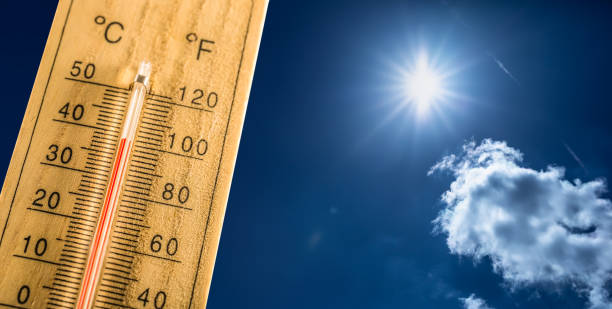
Beat the Heat: Essential Summer Strategies for Maintaining Joint and Muscle Health
Beat the Heat: Essential Summer Strategies for Maintaining Joint and Muscle Health
As the scorching sun dominates the sky and temperatures soar, summer brings with it a host of outdoor activities and opportunities for fun in the sun. The heat can take a toll on your body, causing muscle fatigue, dehydration, and even joint pain. Whether you're an active individual, a sports enthusiast, or simply enjoy spending time outdoors, it's crucial to take care of your joint and muscle health during the hot summer months. In this blog, we'll explore essential strategies to beat the heat and ensure your joints and muscles stay in top shape. To keep your joints and muscles healthy and happy this summer, follow these essential strategies:
Stay Hydrated

Proper hydration is key to maintaining joint and muscle health during the summer months. When temperatures rise, your body sweats more, leading to increased fluid loss. Dehydration can cause muscle cramps, stiffness, and reduced joint lubrication. Make sure to drink plenty of water throughout the day, especially before and after physical activities. Additionally, avoid excessive consumption of sugary or caffeinated beverages, as they can contribute to dehydration.
Warm-up and Stretch
Before engaging in any physical activity, whether it's a morning jog, a game of beach volleyball, or gardening, it's essential to warm up your muscles and joints. Start with gentle exercises like walking or light stretching to increase blood flow and prepare your body for more intense movements. Gentle cardiovascular exercises like walking or cycling can help raise your body temperature and increase blood flow to the muscles. Follow it up with dynamic stretches, which can help improve flexibility and reduce the risk of injury during activities. After your workout, don't forget to cool down and stretch to reduce muscle soreness and promote flexibility.
Time Your Workouts

The peak heat hours during the day, usually between 10 a.m. and 4 p.m., can be brutal on your body. Whenever possible, schedule your outdoor workouts during the cooler parts of the day, such as early mornings or evenings. If exercising indoors, ensure the space is well-ventilated and air-conditioned if possible. This way, you can reduce the strain on your muscles and joints caused by excessive heat.
Protect Your Joints
During summer activities, it's easy to get carried away and overexert yourself. When participating in summer sports or outdoor activities, it's crucial to protect your joints from potential injuries. Pay close attention to your body's signals and avoid pushing yourself too hard. Overexertion can lead to joint stress and potential injuries. If you have pre-existing joint conditions, consider wearing supportive braces or wraps to provide extra stability  and protection.
and protection.
Wear appropriate protective gear such as knee pads, elbow pads, or wrist guards when engaging in activities like biking, skateboarding, or rollerblading. This will help absorb impact and prevent strains or sprains.
Embrace Low-Impact Activities
High-impact activities like running or playing intense sports can put excessive stress on your joints and muscles. Consider mixing in low-impact exercises like swimming, cycling, or yoga into your summer fitness routine. These activities provide excellent cardiovascular benefits while being gentle on your joints.
Wear Appropriate Footwear
Proper footwear is essential, especially when engaging in physical activities. Choose shoes that provide adequate cushioning and support for your feet. Ill-fitting or worn-out shoes can lead to foot, ankle, and knee pain, impacting your overall joint health.
Apply Cold Therapy
If you experience joint inflammation or muscle soreness after physical activities, applying cold therapy can help reduce pain and swelling. Use ice packs or cold compresses on the affected areas for 15-20 minutes several times a day. Cold therapy constricts blood vessels and numbs the area, providing relief from discomfort.
Eat a Balanced Diet
A healthy and balanced diet plays a vital role in maintaining joint and muscle health. Include foods rich in omega-3 fatty acids, such as salmon, walnuts, and flaxseeds, which have anti-inflammatory properties. Green leafy vegetables and fruits high in vitamin C, like oranges and strawberries, can aid in collagen production, promoting healthy joints and muscles. Additionally, consume foods high in antioxidants, like berries and leafy greens, to promote tissue repair and reduce oxidative stress.

Listen to Your Body
Above all, it's essential to listen to your body and give it the rest it needs. Don't push yourself too hard or ignore signs of discomfort or pain. If you experience persistent joint pain or muscle injuries, consult a healthcare professional for proper diagnosis and treatment.
By following these essential summer strategies, you can beat the heat and ensure the health and well-being of your joints and muscles. Stay hydrated, protect your joints, choose low-impact activities, and give your body the care it deserves. Have a fantastic and pain-free summer!

Leave a comment: